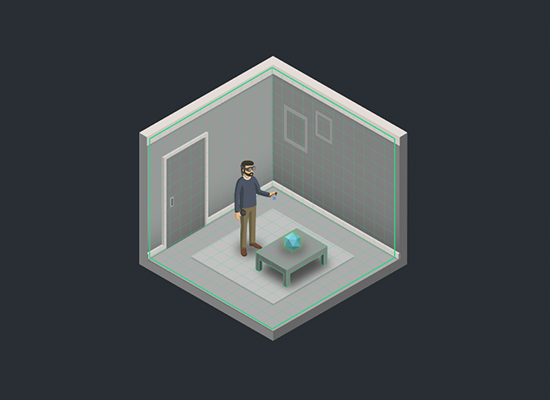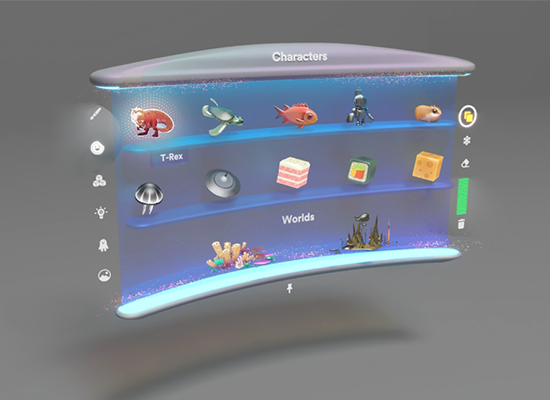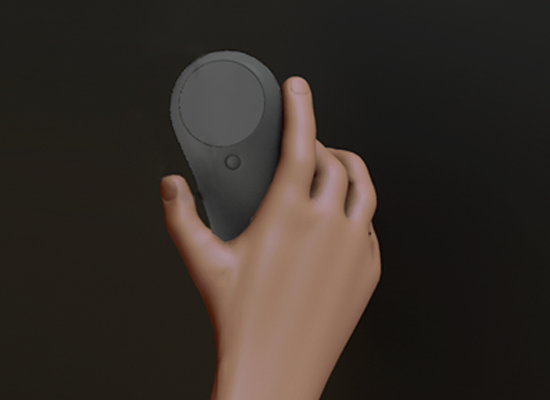Project: Create
Role: Lead Designer
Overview
Project: Create is the result of ardent dedication and love from a group of developers that came together to craft the first immersive experience in Spatial Computing. This app was Magic Leap Studios’ premiere flagship title, which released on August 8th 2018 along with the Magic Leap One wearable headset.
The primary design goal for this experience was to provide an accessible entry-point for anyone (creators, consumers, investors) to understand through play what the promise of Spatial Computing was all about. We crafted an experience that presented users with a virtual play-space overlay where the virtual content understood and respected their physical world.
My role for this project was to lead holistic user-centered design thinking, which included: Systems Design, Interaction Design, UI Design as well as the introduction and implementation of UX frameworks into the production process. It was a daunting amount of responsibility, and a once in a lifetime opportunity, which helped guide and redefine many of the platform’s best practices.
In 2019, Project: Create won the Auggie award for Best Game or Toy.
Designing for People in Spatial Computing
At the time we started the development of this project, I was helping the Studio transition its UX maturity from a Self-Referential level into the Expert level (see Keikendo Maturity Model). Being the only person with a UX background in the team, I took it upon myself to introduce a basic UX framework, I wanted to formalize user testing processes to enable quantitative and qualitative research so that we could gather valuable insights into user feedback to inform the design process.
Most of the team came from a game development background, which meant there was familiarity with QA processes that focused primarily on the identification, reporting, and tracking of “bugs” (software errors) that needed to be fixed before releasing the final version of the experience. By definition, software errors are not specifically related to a user-centric approach, this gave us the opportunity to start UX testing.
To gather user feedback we would first put out a call for internal participants to volunteer for test sessions. Next, we would bring them into a private room and ask them to interact with the features we were trying to evaluate; all participants were encouraged to think-aloud with candor. Once the session was over, we would conduct a series of one-on-one interviews to capture any additional thoughts and feedback as they recalled their experience. Finally, we sent out a post-test survey for them to complete anonymously, the data was then compiled into a spreadsheet, evaluated and turned into actionable items for the team to iterate upon.
Working on this project allowed me to grow tremendously as a designer, I was given the opportunity to lead design thinking on all fronts, ranging from Game Design, all the way through UI, UX and IxD. It has been some of the most exciting and rewarding work I have ever done, allowing me to discover what I like to call “the beginning building blocks” for interactive Spatial Design.
If you’re interested in reading more about my process and contributions please check out the following case studies where I go into more detail about how we built critical components for this experience.
Copyright 2023 - Javier Busto



